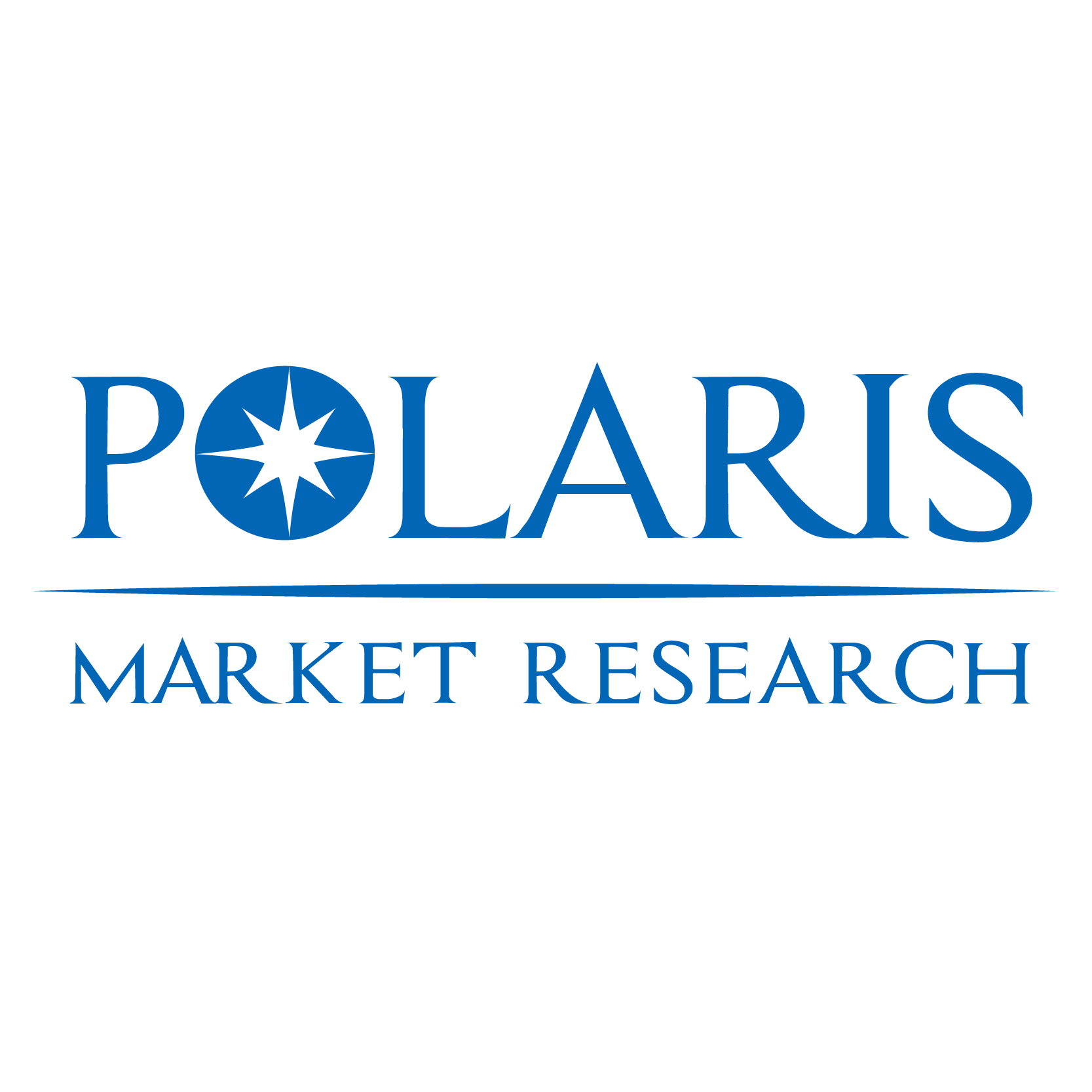The global medical exoskeleton market was valued at USD 203.68 million in 2021 and is expected to grow at a CAGR of 44.8% during the forecast period. The market is witnessing exponential growth due to increasing prevalence of mobility disorders, rising geriatric population, and growing adoption of robotic rehabilitation technologies in the healthcare sector.
Medical exoskeletons are wearable electromechanical devices that enhance mobility and physical performance for individuals with disabilities or injuries. These devices are increasingly being used in rehabilitation centers and hospitals to support patients with neurological conditions such as spinal cord injuries, stroke, and multiple sclerosis.
Market Segmentation
By Component:
- Hardware
- Software
By Type:
- Powered Exoskeletons
- Passive Exoskeletons
By Mobility:
- Mobile
- Stationary
By Body Part:
- Lower Extremities
- Upper Extremities
- Full Body
By Application:
- Spinal Cord Injury
- Stroke
- Multiple Sclerosis
- Orthopedic Disorders
- Others
By End-User:
- Hospitals
- Rehabilitation Centers
- Home Care Settings
- Others
Regional Analysis
North America dominates the global medical exoskeleton market, driven by a high incidence of spinal injuries, advanced healthcare infrastructure, and strong presence of leading exoskeleton manufacturers in the U.S. and Canada.
Europe holds a significant market share, supported by favorable reimbursement policies, active research and innovation in robotic technologies, and the presence of aging populations across countries like Germany, France, and the UK.
Asia Pacific is expected to witness the fastest growth due to increasing investments in healthcare technology, rising awareness about robotic rehabilitation, and growing elderly populations in China, Japan, and South Korea.
Latin America and Middle East & Africa are emerging regions where the adoption of medical exoskeletons is rising with improvements in healthcare infrastructure and awareness of assistive technologies.
Browse Full Insights: https://www.polarismarketresearch.com/industry-analysis/medical-exoskeleton-market
Key Companies
- Bionik Laboratories
- Bioventus
- B-TEMIA Inc.
- Cyberdyne Inc.
- Ekso Bionics
- Gogoa Mobility Robots
- Lockheed Martin Corporation
- Parker Hannifin Corp
- ReWalk Robotics
- Rex Bionics
- Suit X
- Wearable Robotics
Market Drivers
- Rising prevalence of mobility impairments and neurological disorders
- Technological advancements in robotics and AI integration
- Increasing demand for rehabilitation solutions in aging populations
- Growing investment in assistive wearable devices
- Expanding applications of exoskeletons in physical therapy and post-surgical recovery
Market Challenges
- High cost of medical exoskeletons
- Limited reimbursement coverage in several regions
- Technical complexities and maintenance requirements
- Regulatory hurdles and clinical validation processes
Future Outlook
The medical exoskeleton market is expected to revolutionize rehabilitation and mobility enhancement in the coming years. Ongoing R&D in lightweight materials, improved battery life, and intuitive control systems will expand the scope and accessibility of these devices in both clinical and personal settings.
Conclusion
With a promising blend of robotics and healthcare, the medical exoskeleton market is transforming the way mobility disorders are treated. As awareness grows and technology becomes more affordable, medical exoskeletons are set to become mainstream in physical rehabilitation and personal mobility aid solutions.









